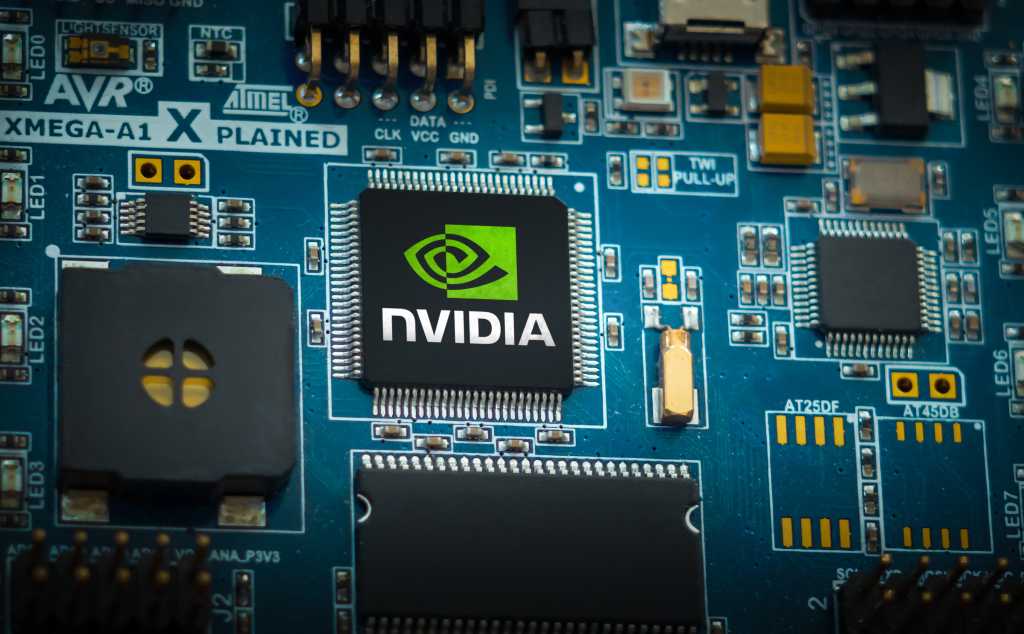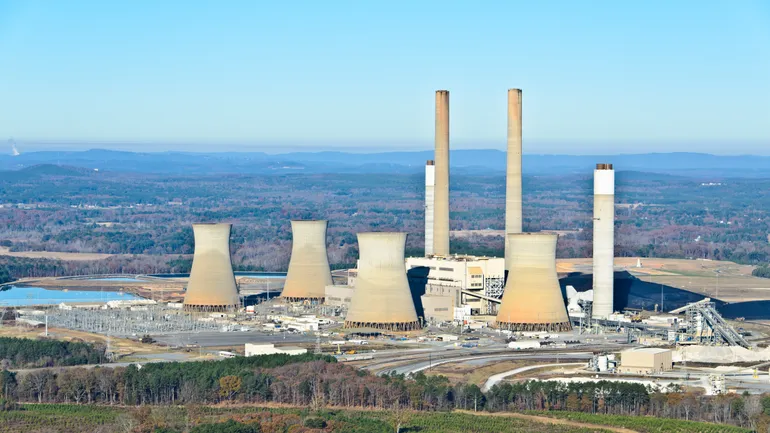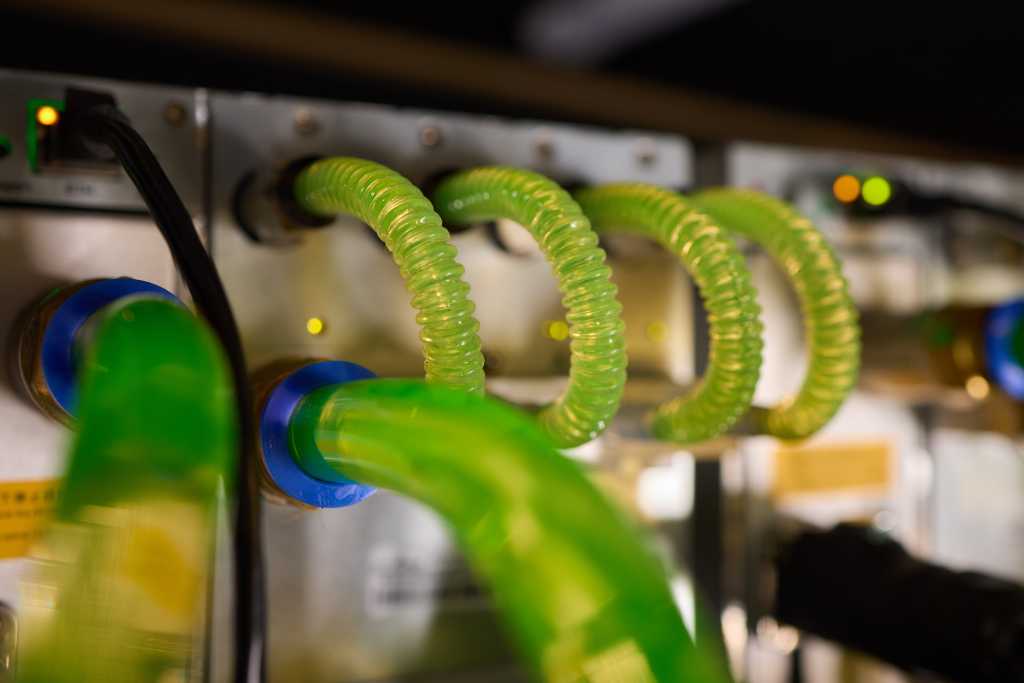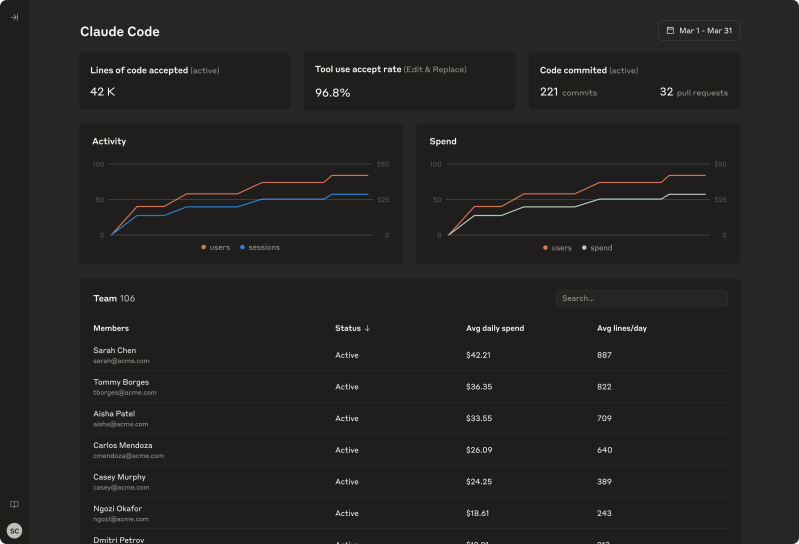This is today’s edition of The Download, our weekday newsletter that provides a daily dose of what’s going on in the world of technology.
Google’s generative video model Veo 3 has a subtitles problem
As soon as Google launched its latest video-generating AI model at the end of May, creatives rushed to put it through its paces. Released just months after its predecessor, Veo 3 allows users to generate sounds and dialogue for the first time. It sparked a flurry of hyperrealistic eight-second clips stitched together into ads, ASMR videos, imagined film trailers, and humorous street interviews.
But others quickly found that in some ways the tool wasn’t behaving as expected. When it generates clips that include dialogue, Veo 3 often adds nonsensical, garbled subtitles, even when the prompts it’s been given explicitly ask for no captions or subtitles to be added. And getting rid of them isn’t straightforward—or cheap. Read the full story.
—Rhiannon Williams
MIT Technology Review Narrated: This rare earth metal shows us the future of our planet’s resources
We’re in the middle of a potentially transformative moment. The materials we need to power our world are beginning to shift from fossil fuels to energy sources that don’t produce the greenhouse-gas emissions changing our climate. Metals discovered barely more than a century ago now underpin the technologies we’re relying on for cleaner energy, and not having enough of them could slow progress.
Take neodymium, for example. Its potential future reveals many of the challenges we’ll likely face across the supply chain for materials in the coming century and beyond.
This is our latest story to be turned into a MIT Technology Review Narrated podcast, which we’re publishing each week on Spotify and Apple Podcasts. Just navigate to MIT Technology Review Narrated on either platform, and follow us to get all our new content as it’s released.
The must-reads
I’ve combed the internet to find you today’s most fun/important/scary/fascinating stories about technology.
1 OpenAI is developing agents designed specifically for work
In a direct challenge to Microsoft apps like PowerPoint and Excel. (The Information $)
+ The whole of OpenAI runs on Slack, apparently. (Insider $)
+ Are we ready to hand AI agents the keys? (MIT Technology Review)
2 Congress is poised to reject most of the White House’s proposed NASA cuts
As well as postponing its plans to cancel the Space Launch System rocket and Orion spacecraft. (Ars Technica)
3 Grok’s AI companions are already going haywire
They’ve no qualms talking about topics like sex or how to bomb a school. (TechCrunch)
+ The pair demonstrate Elon Musk’s willingness to push the boundaries of taste. (NBC News)+ It’s likely that Grok has been trained on the worst parts of the internet. (CNN)
+ Inside the Wild West of AI companionship. (MIT Technology Review)
4 AI could find cures to diseases using drugs we already have
It may be time to repurpose what we know. (New Yorker $)
+ An AI-driven “factory of drugs” claims to have hit a big milestone. (MIT Technology Review)
5 China is pumping billions into becoming an AI power player
Local governments are building entire neighborhoods to act as startup incubators. (NYT $)
+ Meanwhile, Trump is creating an AI hub in Pennsylvania. (WSJ $)
6 Silicon Valley’s super-babies are on the way
One startup claims to be able to sequence an embryo’s entire genome. (WP $)
+ Beyond gene-edited babies: the possible paths for tinkering with human evolution. (MIT Technology Review)
7 How the Earth’s magnetic crust could improve airplane navigation
It’s likely to be more reliable than GPS, for one. (WSJ $)
8 We’re entering the era of hyper-personalized AI slop
Coming to a Facebook feed near you.(404 Media)
9 You don’t need to take weight-loss drugs consistently
Patients who take it sporadically can still lose weight. (New Scientist $)
10 This UK startup wants to give non-alcoholic drinks a buzz 🍸
It’s working on a molecule to mimic the high of a few drinks without the hangover. (Bloomberg $)
Quote of the day
“I’m doing the equivalent of vibe coding, except it’s vibe physics.”
—Travis Kalanick, the founder of Uber, explains how he’s using xAI’s Grok to come “pretty damn close to some interesting breakthroughs” in the field of physics, Gizmodo reports.
One more thing
How Indian health-care workers use WhatsApp to save pregnant women
Across India, an all-women cadre of 1 million community health-care workers are responsible for making public health care accessible to people from remote areas and marginalized communities.
These workers counsel pregnant women and ensure they receive proper science-backed health care. Many are turning to WhatsApp as a means to combat the medical misinformation that is rampant across the country and to navigate sensitive medical situations, particularly regarding pregnancy. Their approach has surprisingly good results. Read the full story.
—Sanket Jain
We can still have nice things
A place for comfort, fun and distraction to brighten up your day. (Got any ideas? Drop me a line or skeet ’em at me.)
+ Britain’s greatest export? Possibly its gravy.
+ How a luxury condo building in Manhattan ended up sloping sideways (New Yorker $)
+ The Emmy nominations are out! But who’s been snubbed?
+ The Tony Hawk’s Pro Skater 3 + 4 reboots are proving extremely controversial—after only 10 songs on their legendary soundtracks made the cut.





















